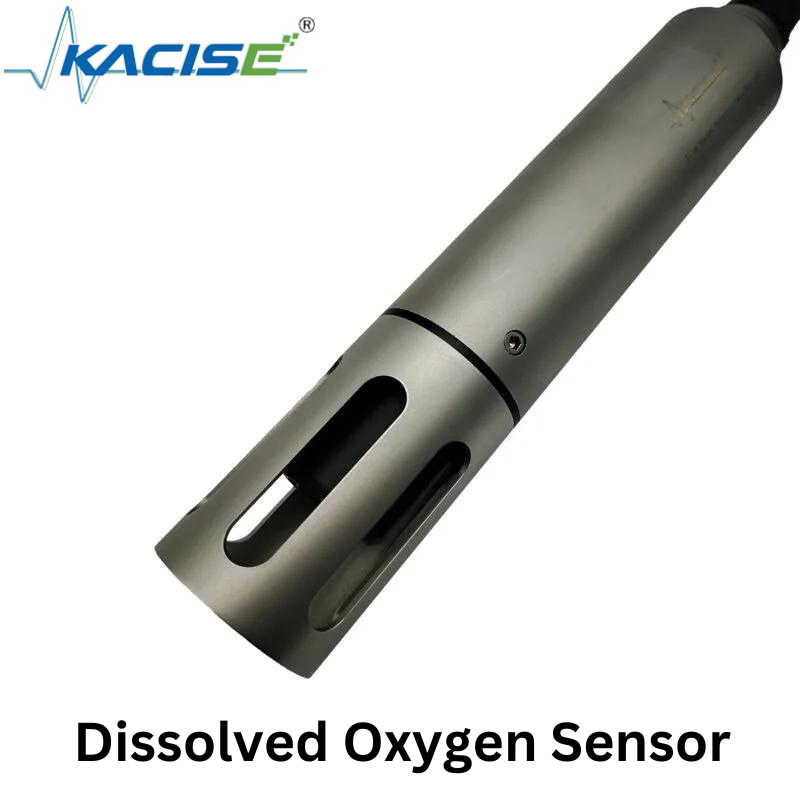Dissolved Oxygen (DO) sensors are vital instruments in the fields of water quality monitoring, environmental analysis, and industrial applications. These sensors measure the amount of oxygen dissolved in water, which is critical for the health of aquatic life, as well as the efficiency of various industrial processes. Whether you're managing a wastewater treatment plant, monitoring an aquatic ecosystem, or ensuring proper oxygen levels in a fermentation process, a dissolved oxygen sensor is an indispensable tool.
What is Dissolved Oxygen?
Dissolved oxygen refers to the amount of oxygen that is present in water, available for organisms like fish, plants, and microorganisms to breathe. Oxygen is essential for the survival of aquatic life, and without it, ecosystems could suffer severe degradation. The concentration of dissolved oxygen in water is influenced by several factors, such as temperature, salinity, water movement, and biological activities.
How Does a Dissolved Oxygen Sensor Work?
A dissolved oxygen sensor measures the amount of oxygen in water by employing different methods, such as electrochemical or optical sensing. Electrochemical sensors, commonly known as polarographic or galvanic sensors, work by applying a voltage across a sensor membrane, which allows oxygen molecules to pass through and interact with the electrode, producing a measurable electrical current.
Optical sensors, on the other hand, rely on the principle of fluorescence. These sensors contain a special dye that emits light when exposed to oxygen. The intensity of the light emitted changes based on the concentration of oxygen, allowing for precise measurements. Optical sensors have the advantage of being less sensitive to environmental conditions such as temperature and pressure.
Applications of Dissolved Oxygen Sensors
-
Aquatic Ecosystem Monitoring: The health of aquatic life depends heavily on the levels of dissolved oxygen. These sensors are used by environmental agencies, scientists, and researchers to monitor rivers, lakes, and oceans for signs of oxygen depletion, which can lead to dead zones where marine life cannot survive.
-
Wastewater Treatment: Dissolved oxygen is a crucial factor in the biological treatment of wastewater. Microorganisms that break down organic pollutants require oxygen to function effectively. By monitoring oxygen levels in treatment tanks, operators can optimize the aeration process to ensure that microbial activity is at its peak, leading to more efficient wastewater treatment.
-
Aquaculture: In fish farming, maintaining optimal oxygen levels is essential to the health and growth of fish. Dissolved oxygen sensors are used to monitor oxygen levels in aquaculture systems, ensuring that the fish have a stable and healthy environment.
-
Industrial Processes: Many industrial processes, such as fermentation in the production of beer, biofuels, and pharmaceuticals, rely on dissolved oxygen levels to optimize yields and maintain process efficiency. Accurate measurements allow for better control and higher-quality production.
Benefits of Using Dissolved Oxygen Sensors
Using a dissolved oxygen sensor offers numerous advantages, including improved monitoring accuracy, timely data collection, and enhanced process control. These sensors help in identifying early signs of water pollution, optimizing resource management, and ensuring compliance with environmental regulations. Additionally, they can prevent costly damage to equipment and ecosystems by ensuring the proper functioning of oxygen-dependent processes.
Conclusion
Dissolved oxygen sensors play an integral role in environmental and industrial applications by providing real-time data on oxygen levels. These sensors are essential for maintaining the health of aquatic ecosystems, ensuring the efficiency of wastewater treatment processes, and optimizing various industrial activities. As technology advances, dissolved oxygen sensors continue to improve in accuracy, reliability, and ease of use, making them an indispensable tool for a variety of industries.

